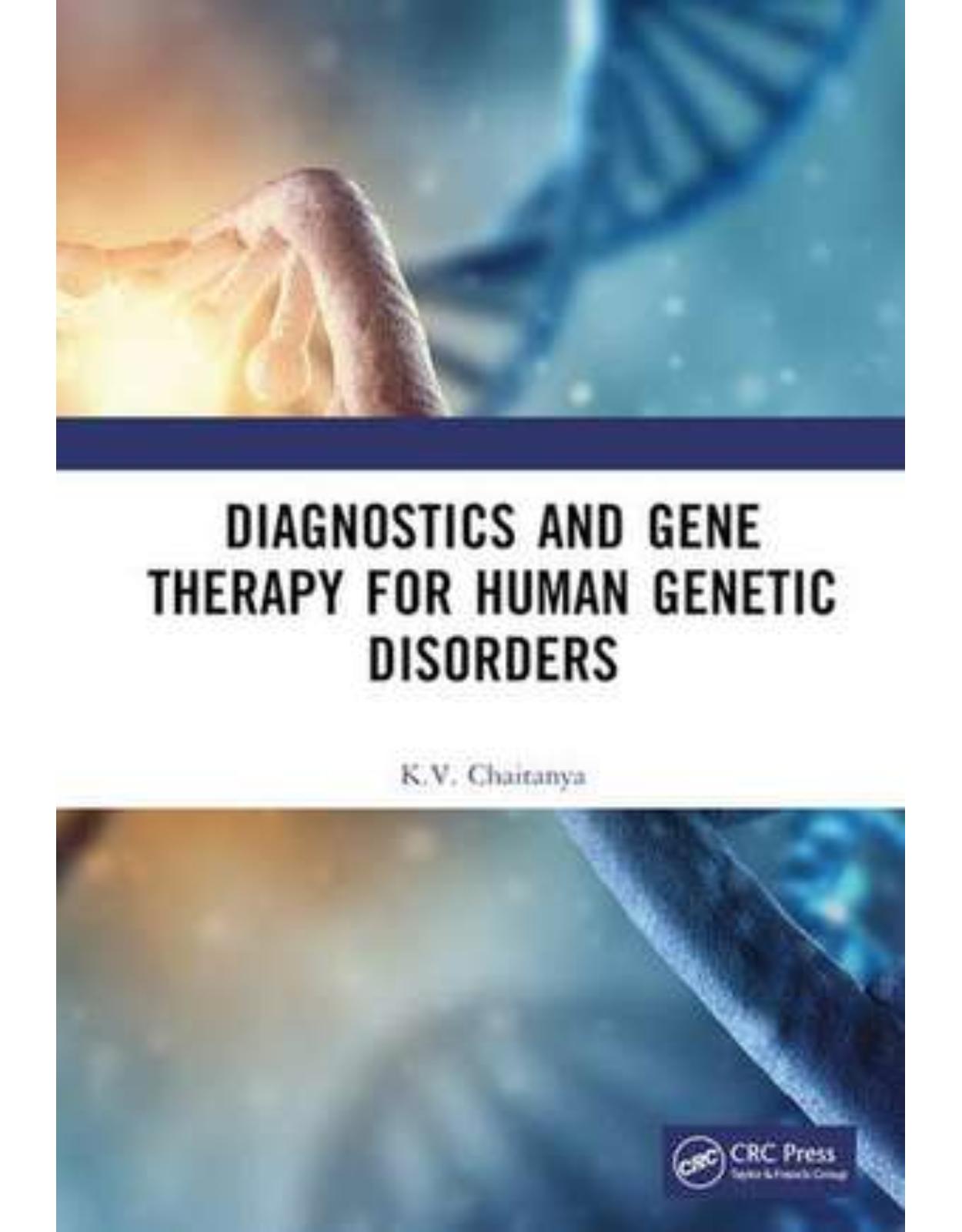
Chaitanya, K: Diagnostics and Gene Therapy for Human Genetic
Livrare gratis la comenzi peste 500 RON. Pentru celelalte comenzi livrarea este 20 RON.
Disponibilitate: La comanda in aproximativ 4 saptamani
Autor: K.V. Chaitanya
Editura: CRC Press
Limba: Engleza
Nr. pagini: 324
Coperta: Hardcover
Dimensiuni:
An aparitie: 30 dec 2022
Description:
Diagnostics and Gene Therapy for Human Genetic Disorders provides an integrative and comprehensive source of information blending classical human genetics with the human genome. It provides a multidisciplinary overview of Mendelian inheritance and multifactorial inheritance, genetic variations, polymorphisms, chromosomal, multifactorial, and mitochondrial disorders. PCR, electrophoresis, cytogenetics, prenatal, and HPLC based techniques applied for diagnosing genetic disorders are discussed with applications. Symptoms, etiology, diagnosis, treatment of 14 major and 5 minor genetic disorders are discussed in detail. Methods employed for the preparation of kits for the diagnosis of diseases are provided. The role of gene therapy in the amelioration of genetic disorders and the methodology employed are discussed. The success of gene therapy in controlling various disorders such as immune system disorders, neurodegenerative disorders, cardiovascular disorders, eye diseases, and cancer has been described along with type studies. Features: A blend of classical human genetics with molecular and genome-based applications Techniques applied for the diagnosis of genetic disorders Diagnostics of 19 genetic disorders including symptoms, etiology, diagnosis, and treatment Role of gene therapy in the amelioration of disorders Type studies describing the role of diagnostics in conserving the human health This book attempts to connect all the information about classical and modern human genetics, genetic disorders, and gene therapy to all types of diseases in one place. This work provides a comprehensive source of information that can serve as a reference book for scientific investigations and as a textbook for the graduate students.
Table of Contents:
1 Genetic Analysis
1.1 Introduction
1.2 Monogenic Traits
1.3 Linkage Analysis
1.3.1 Linkage
1.3.2 Linkage Analysis
1.3.3 Polymorphic DNA Markers
1.4 Linkage Disequilibrium
1.4.1 Linkage Disequilibrium at One Pair of Loci
1.4.2 Linkage Equilibrium
1.4.3 Linkage Disequilibrium at More Than Two Loci
1.4.4 Linkage Disequilibrium Within and Between Populations
1.4.5 Population Genetics of Linkage Disequilibrium
1.4.6 Applications of Linkage Disequilibrium
1.4.7 Linkage Disequilibrium and Human Genome
1.5 Mendelian Pedigree Patterns
1.5.1 Dominance and Recessiveness of Characters
1.5.2 Types of Mendelian Pedigree
1.6 Mendelian Pedigree Analysis
1.6.1 Pedigree Analysis
1.6.2 Patterns Indicating a Recessive Trait
1.6.3 Patterns Indicating a Dominant Trait
1.6.4 X-linked Recessive
1.6.5 X-Linked Dominant
1.6.6 Calculations for the Risk Allele by Pedigree Analysis
1.7 Allele Frequency Estimation
1.7.1 Determination of Allele Frequency
1.8 The Hardy-Weinberg Law
1.8.1 Infinitely Large Population
1.8.2 Random Mating
1.8.3 No Mutation
1.8.4 No Immigration
1.8.5 No Evolutionary Forces Affecting the Population
1.8.6 Conclusion
1.8.7 Circumstances in which the Hardy-Weinberg Law Cannot Apply
1.9 Multifactorial Inheritance
1.9.1 Open Neural Tube Defects (ONTDs)
1.9.2 Hip Dysplasia
1.9.3 Height
1.9.4 Model for Multifactorial Inheritance
1.10 Heritability
1.10.1 Types of Heritability
1.10.2 Methods of Estimating the Heritability
1.10.3 Heritability and the Environmentability of a Trait
1.10.4 Misconceptions or Misunderstandings on Heritability
1.10.5 Heritability of Human Height
1.10.6 Heritability and Human Behavior
1.10.7 Designs for Estimating the Heritability of Behavior
1.10.8 Candidate Genes for Studying Heritability
1.11 Polygenic Inheritance
1.11.1 Human Skin Colour
1.12 Haplotyping
1.12.1 The Importance of Haplotype Analysis
1.12.2 Methods of Haplotyping
1.13 Conclusion
References
2 Genetic Variations in Human Beings
2.1 Introduction
2.2 The Origin of Human Beings
2.2.1 Out of Africa Theory and Supporting Evidence
2.2.2 Evidence from Population Genetics
2.3 Genetic Diversity Among Human Beings
2.3.1 The Salient Features of Human Genetic Diversity
2.4 Genetic Polymorphisms
2.4.1 Single Nucleotide Polymorphisms (SNPs)
2.4.2 Short-Tandem-Repeat Polymorphisms (STRPs)
2.5 Immunogenic Polymorphisms
2.5.1 Polymorphism in Human Major Histocompatibility Complex (MHC)
2.5.2 Immune Polymorphism
2.5.3 Cytokine Polymorphism
2.6 Trans-Species Polymorphism
2.6.1 Trans-Species Polymorphism in Major Histo Compatibility (MHC) Genes
2.6.2 Trans-Species Polymorphism in Other Genes Related to the Immune System
2.7 Genetic Variations in Drug Metabolizing Enzymes
2.7.1 Cytochrome P-450
2.7.2 Glucose-6-Phosphate Dehydrogenase
2.7.3 N- Acetyltransferase polymorphism
2.8 Methods of Genotyping
2.8.1 Human HapMap Project
2.8.2 Genome Wide Association Study
2.8.3 Next-Generation Sequencing Technologies for Genotyping
2.9 Single Stranded Conformational Polymorphism (SSCP)
2.9.1 SSCP Procedure
2.9.2 High Throughput Methods for SSCP
2.9.3 Applications
2.9.4 Limitations
2.9.5 Modifications of SSCP
2.10 Conclusion
References
3 Genetic Disorders
3.1 Introduction
3.2 Classification of Genetic Disorders
3.3 Chromosomal Disorders
3.3.1 Human Chromosomes
3.3.2 Chromosome Staining and Karyotype
3.3.3 Chromosomal Abnormalities
3.4 Single Gene Disorders
3.4.1 Autosomal Dominant Disorders
3.4.2 Autosomal Recessive Disorders
3.4.3 Sex-Linked Disorders
3.5 Mitochondrial Disorders
3.5.1 Genetic Diseases due to the Mitochondrial Genome
3.6 Multifactorial Disorders
3.7 Molecular Basis of Cancer
3.7.1 Cell Cycle Regulation and the Importance of Apoptosis
3.7.2 The p53 Gene and Cancer
3.7.3 Telomeres, Cell immortalization, and Tumorigenesis
3.7.4 Genes Frequently Mutated During Cancer
3.7.5 Mutations in DNA and Cancer
3.8 Gene Expression Analysis
3.8.1 Gene Expression Profiling of Lung Cancer
3.9 Hematopoietic Disorders
3.9.1 Techniques for Studying the Hematopoietic Disorders
3.10 Conclusion
References
4 Techniques for the Diagnosis of Genetic Disorders
4.1 Introduction
4.2 Molecular Approach
4.2.1 Nucleic Acid Isolation Methods
4.2.2 Restriction Fragment Length Polymorphism
4.2.3 Hybridization-Based Methods
4.2.4 Polymerase Chain Reaction-Based Techniques
4.2.5 Electrophoresis Based Methods
4.2.6 DNA Typing and Testing
4.2.7 HLA Typing
4.3 Cytogenetic Techniques
4.3.1 Classical Cytogenetic Techniques
4.3.2 Molecular Cytogenetic Techniques
4.4 Prenatal Genetic Diagnosis
4.4.1 Amniocentesis
4.4.2 Chorionic Villus Sampling
4.4.3 Fetal Blood Sampling
4.4.4 Prenatal Diagnosis of Genetic Disorders
4.5 Denaturing High-Performance Liquid Chromatography
4.5.1 Applications
4.6 Conclusion
References
5 Diagnosis of Genetic Disorders
5.1 Introduction
5.2 The History of Molecular Diagnostics
5.2.1 Molecular Diagnostic Tests for the Detection of Changes in Genetic Composition
5.3 Lab on a Chip
5.3.1 A Brief History of Lab on a Chip
5.3.2 Materials Used for the Development of LOCs
5.3.3 Operation of a Microfluidic Unit
5.3.4 Storage of Reagents on a LOC Device
5.3.5 Microfluidic Platforms Used as LOCs
5.3.6 LOC Diagnostic Targets
5.3.7 Applications and Future perspectives of LOC
5.4 Diagnosis of Genetic Disorders Associated with the Chromosomal Abnormalities
5.4.1 Down Syndrome
5.4.2 Turner Syndrome
5.4.3 Klinefelter Syndrome
5.4.4 Huntington’s Disease
5.4.5 Fragile X Syndrome
5.4.6 Thalassemia
5.4.7 Sickle Cell Disease
5.4.8 Alzheimer’s Disease
5.4.9 Schizophrenia
5.4.10 Cystic Fibrosis
5.4.11 Thrombophilia
5.4.12 Tay Sachs Disease
5.4.13 Muscular Dystrophy
5.4.14 Ataxia
5.5 Diagnosis of Rare Genetic Disorders
5.5.1 Emanuel Syndrome
5.5.2 Cat Eye Syndrome
5.5.3 Uniparental Disomy
5.5.4 Jacobsen Syndrome
5.5.5 Kleefstra Syndrome
5.6 Conclusions
References
6 Gene Therapy
6.1 Introduction
6.2 Gene Therapy and Genetic Engineering
6.2.1 Gene Therapy
6.2.2 Gene Therapy and Hematopoietic Stem Cells
6.2.3 CAR-T Therapy
6.2.4 CRISPR/Cas9
6.3 Therapeutic Nucleic Acids and Therapeutic Polynucleotides
6.3.1 DNA-Based Therapeutics
6.3.2 RNA Based Therapeutics
6.4 Therapeutic Polynucleotides
6.4.1 DNA Vaccines
6.5 Therapeutic Genes and Their Role in Cancer Therapy
6.5.1 HSV-Thymidine Kinase
6.5.2 Cytosine Deaminase
6.5.3 Cytochrome P450 2B1
6.5.4 Suicide Genes
6.5.5 Gene Therapy Directed Apoptosis and Cell Control
6.5.6 Cytokine Genes
6.5.7 Costimulatory Genes
6.5.8 Tumor-Associated Antigen Genes
6.6 Gene Knockin and Gene Knockout
6.6.1 Gene Targeting
6.6.2 Gene Knockin
6.6.3 Gene Knockout
6.7 Methods of Gene Delivery
6.7.1 Physical Methods
6.7.2 Viral Vector-based Gene Delivery Systems
6.7.3 Non-Viral Based Gene Delivery Systems
6.8 Conclusions
References
7 Applications of Gene Therapy
7.1 Introduction
7.2 Applications of Gene Therapy
7.2.1 Prevention of Irradiation Damage to Salivary Glands
7.2.2 Autoimmune Disorders
7.2.3 Systemic Protein Deficiencies
7.2.4 Spinal Disorders
7.2.5 Gene Therapy for Cancer
7.2.6 Gene Therapy for Eye Diseases
7.2.7 Gene Therapy for Cardiovascular Disorders
7.2.8 Gene Therapy for Neuro Degenerative Disorders
7.2.9 Gene Therapy and Dermatological Disorders
7.3 Difficulties with Gene Therapy
7.4 Conclusion
References
8 Applications of Molecular Diagnostics
8.1 Introduction
8.2 Applications of Diagnostics in Testing for Rare Genetic Disorders
8.2.1 Targeted Sequencing Panel
8.2.2 Whole Exome Sequencing
8.2.3 Whole Genome Sequencing
8.3 Applications of Diagnostics in Pharmacogenetics and Pharmacogenomics
8.3.1 Commercially Available Pharmacogenetic and Pharmacogenomics Tests
8.3.2 Clinical Significance of Pharmacogenetics and Pharmacogenomics
8.4 Applications of Diagnostics in Personalized Medicine
8.4.1 SNP Genotyping and Personalized Medicine
8.5 Applications of Diagnostics in Family Risk Assessment
8.6 Applications of Diagnostics in Transplantation
8.6.1 Role of Short-Term Repeats in Organ Transplantation
8.7 Applications of Diagnostics in Epigenetics
8.7.1 Mechanisms of Epigenetic Changes
8.7.2 Epigenetic Biomarkers
8.7.3 Epigenetics Based Tests Performed in Clinical Laboratories
8.8 Applications of Diagnostics in Forensic Sciences
8.8.1 Methods in Forensic Sciences for Identification of Humans
8.9 Conclusion
References
9 Case Studies
9.1 Introduction
9.2 Factors Responsible for the Occurrence of Genetic Disorders
9.3 Genetic Testing
9.4 Case Studies
9.4.1 Huntington’s Disease
9.4.2 Down Syndrome
9.4.3 Fragile X Syndrome
9.4.4 Duplication of Chromosomes and Trisomy
9.4.5 Chromosomal Abnormalities and Heteromorphism in Couples Leading to Recurrent Abortions
9.4.6 Congenital Anomalies in Newborn Infants
9.4.7 Tree Man Syndrome
9.4.8 Emanuel Syndrome
9.4.9 Jacobsen Syndrome
9.4.10 Uniparental Disomy and Chediak-Higashi Syndrome
9.5 Conclusion
References
Glossary
Index
| An aparitie | 30 dec 2022 |
| Autor | K.V. Chaitanya |
| Editura | CRC Press |
| Format | Hardcover |
| ISBN | 9781032381640 |
| Limba | Engleza |
| Nr pag | 324 |

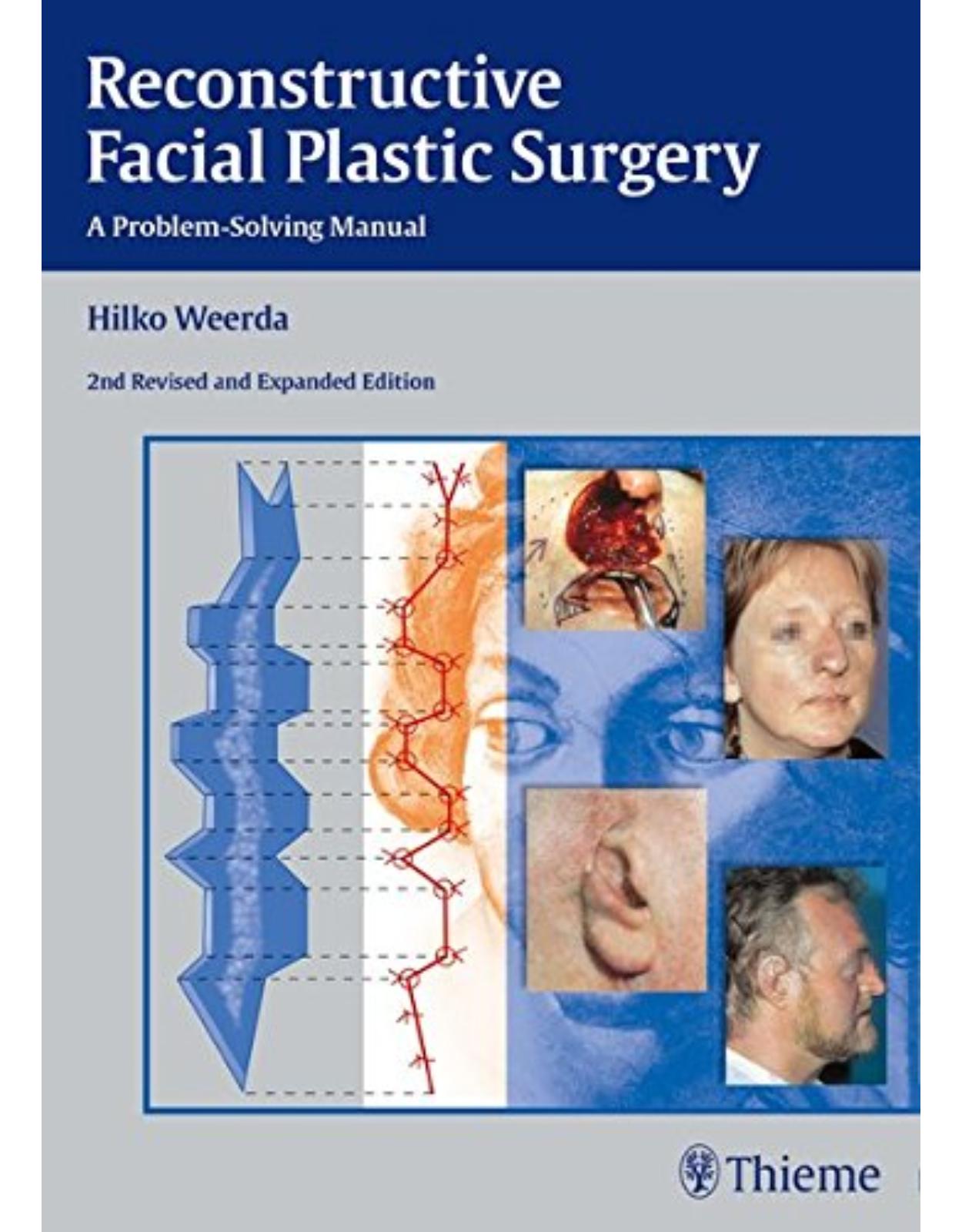
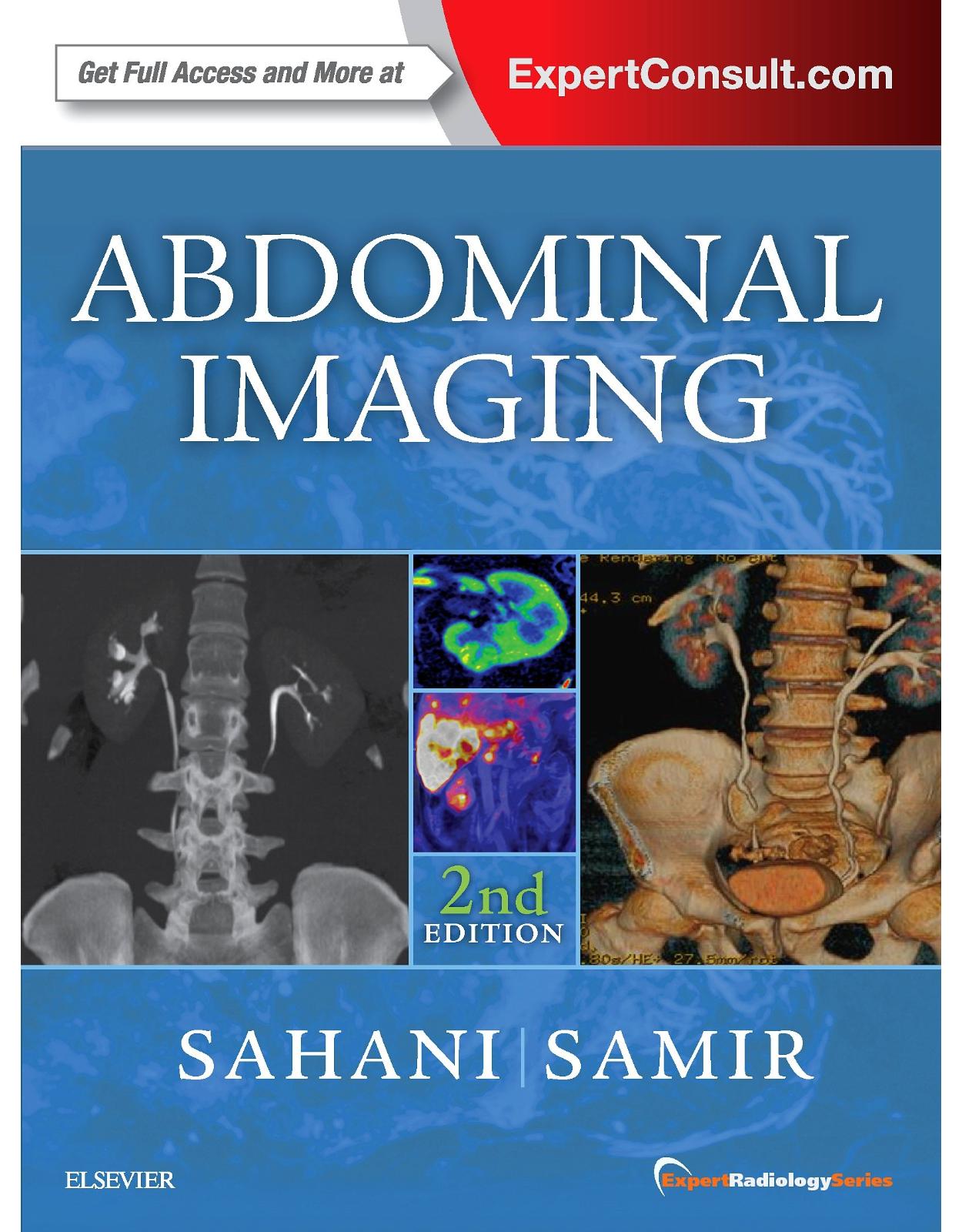
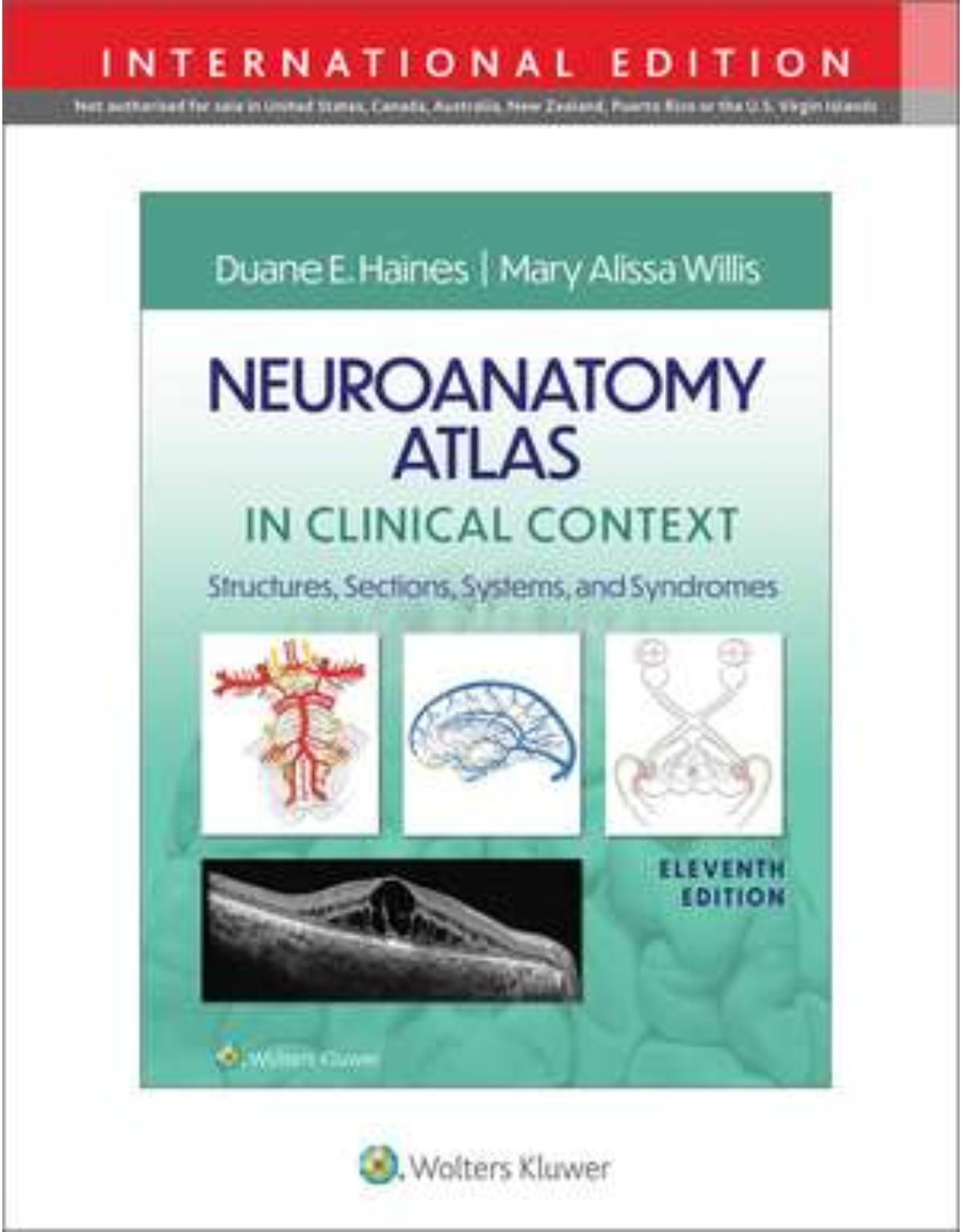
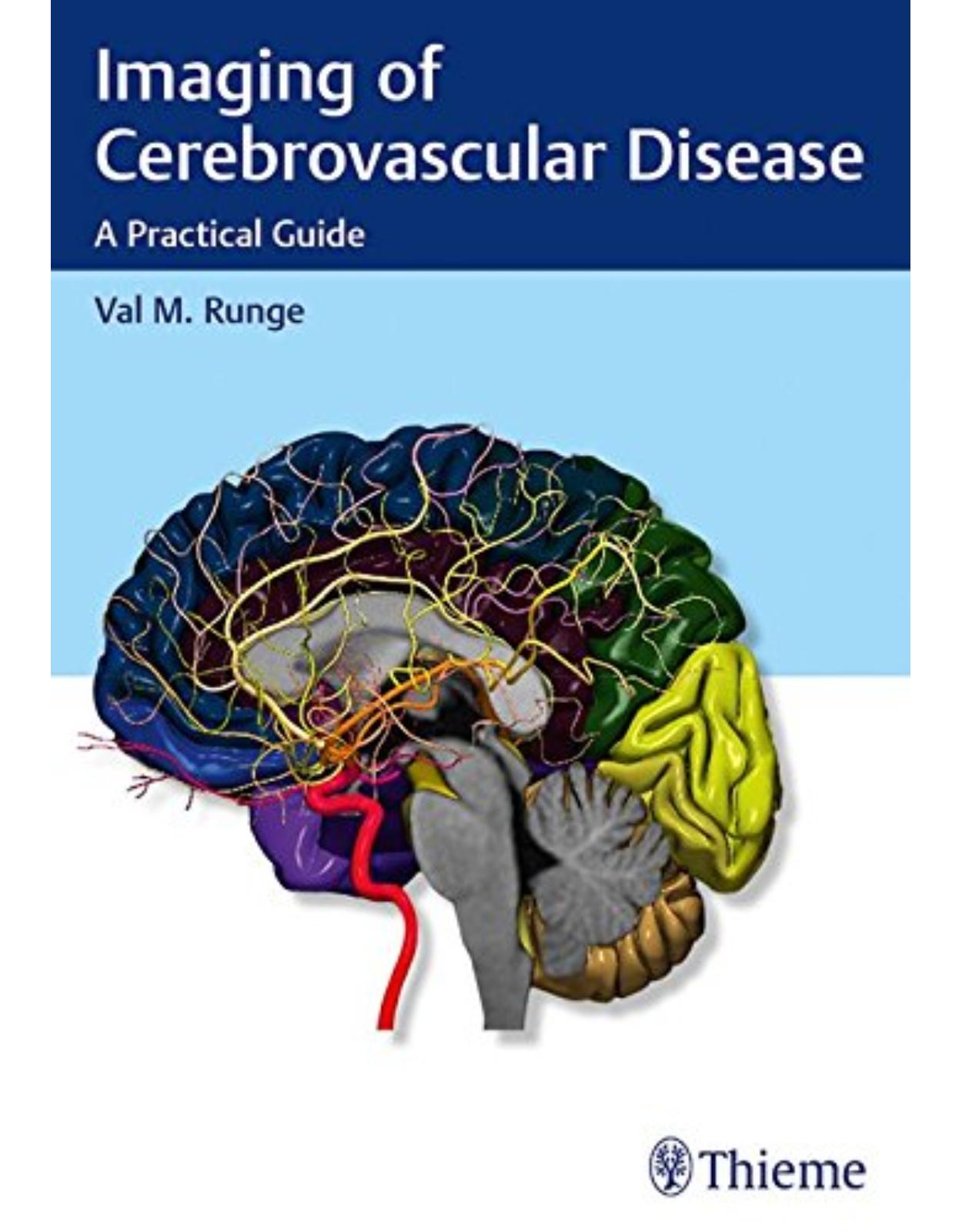
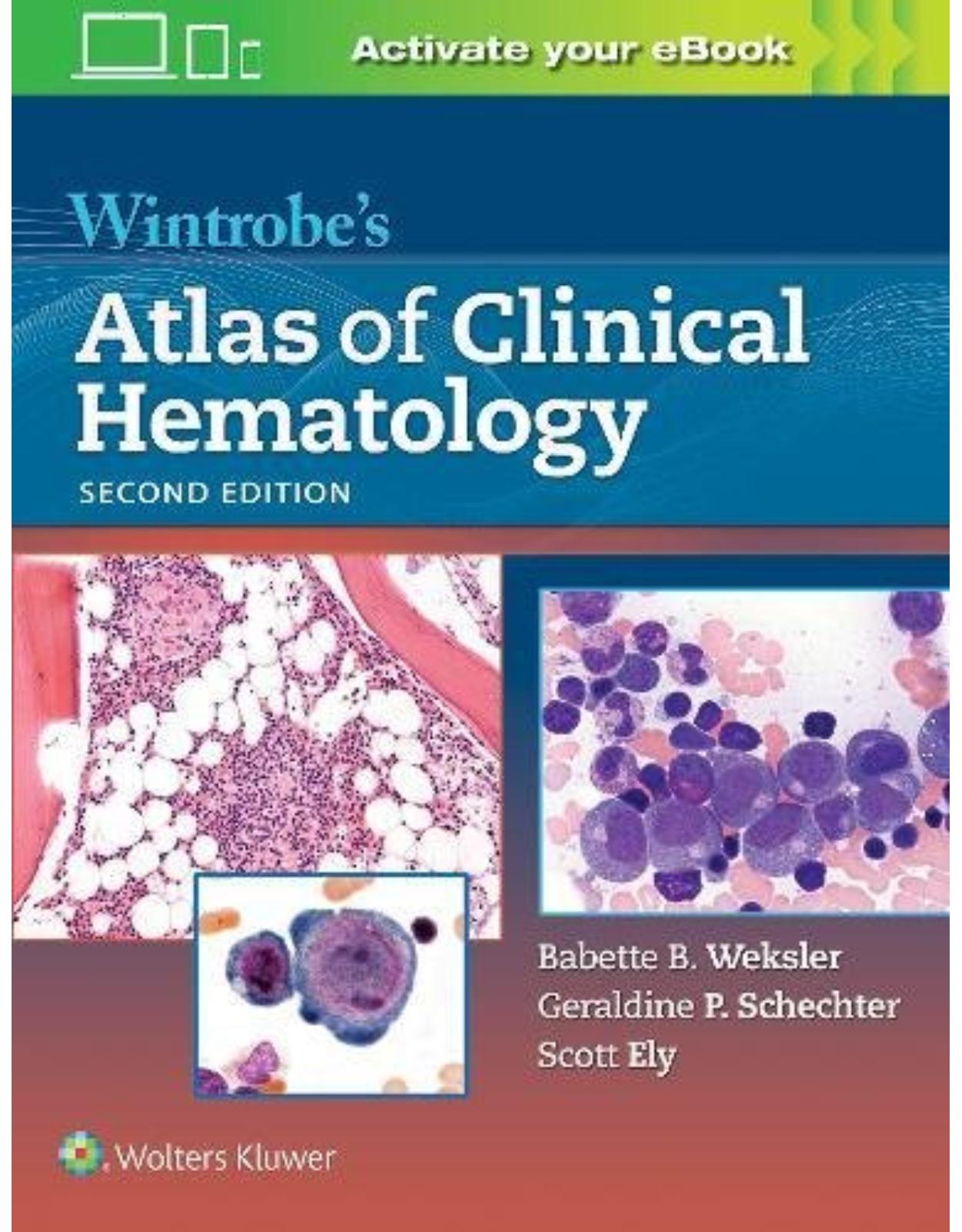


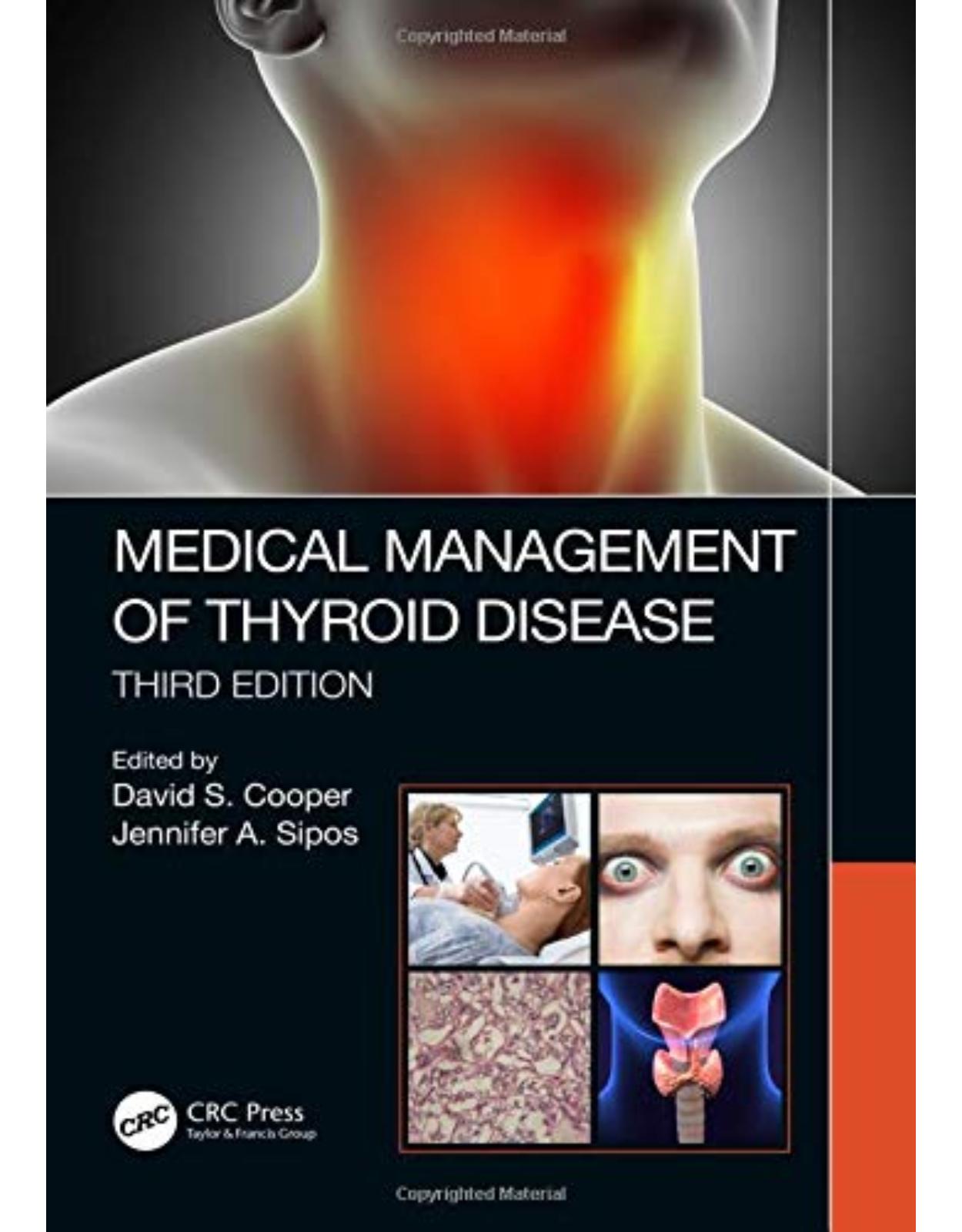
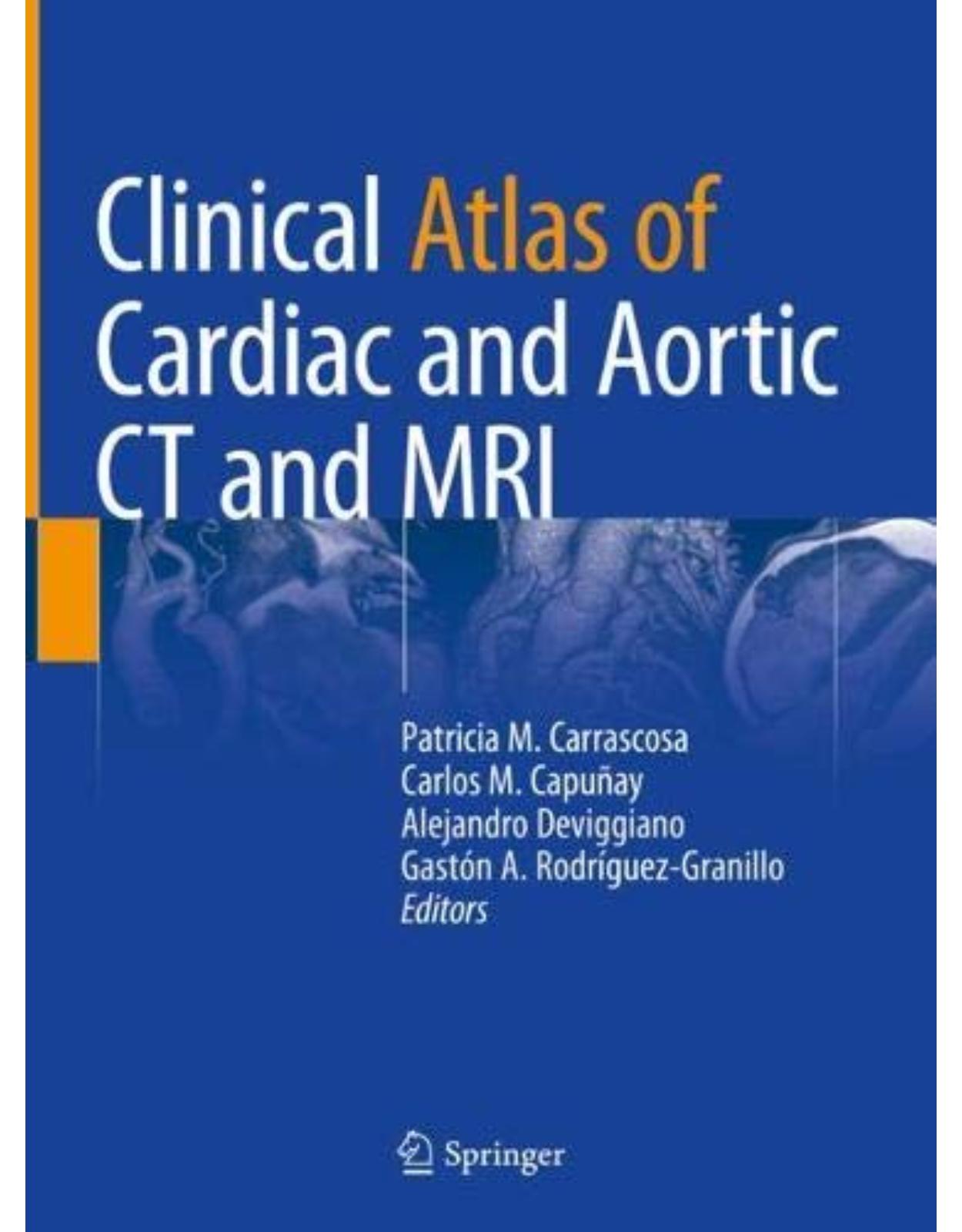

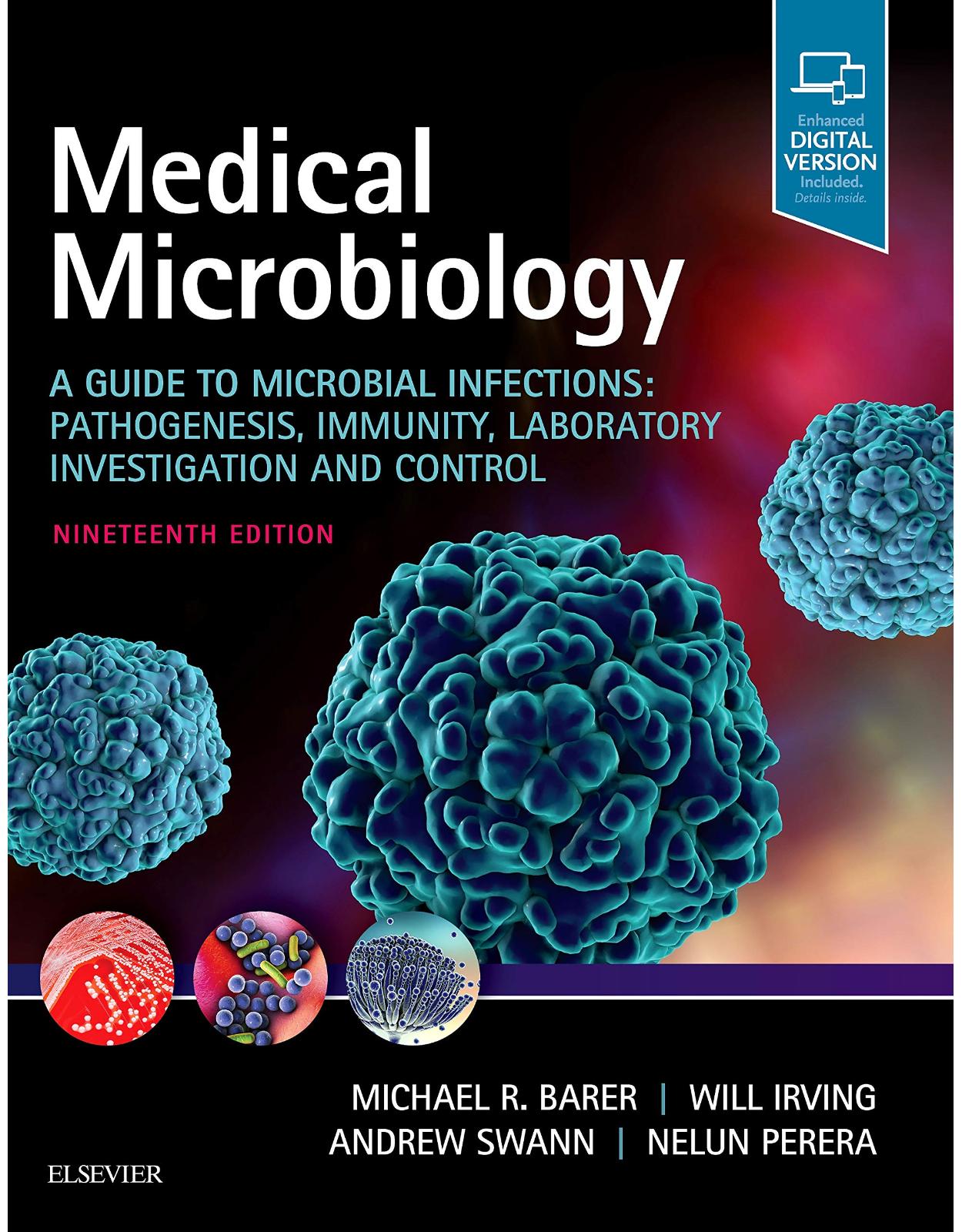
Clientii ebookshop.ro nu au adaugat inca opinii pentru acest produs. Fii primul care adauga o parere, folosind formularul de mai jos.